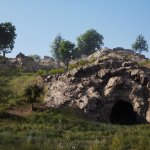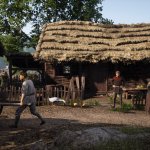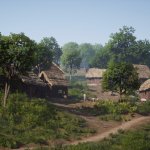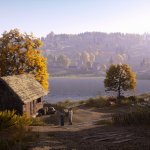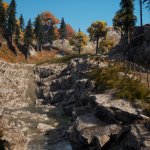Toplitz Productions has released a brand new set of screenshots for its upcoming open-world medieval game, Medieval Dynasty. The game will be coming to Steam Early Access on September 17th.
In Medieval Dynasty, players can hunt and cultivate their land, build their home and expand their village. Players can also rule and care for their people and secure their place in history by founding their own dynasty. Furthermore, players can defend wild animals while on the hunt for food, gather resources and craft equipment to build and improve their home and other buildings of the village.
Here are the game’s key features:
- Beautiful and realistic open world 3D landscape with state-of-the-art graphics
- Full 4 seasons with day/ night cycle and realistic weather conditions
- Interactive environment with trees to fell, various fruit to plug, stones to collect, caves to explore and many more
- 18 different buildings with various levels from hay shacks to full stone mansions
- Over 60 pieces of equipment to craft, including weapons, tools, furniture and clothing
- Realistic wildlife interaction with plenty of different animals such as wolves, wild boars, deer, rabbits and others
- All activities with impact on food, water, health and endurance status
- Detailed skill tree for individual character development
- Unique events and decisions with direct impact on gameplay
- Dynasty reputation system triggering events with the king
- Quests, trade and economy, sandbox option, social connections to NPCs and many more
Enjoy!

John is the founder and Editor in Chief at DSOGaming. He is a PC gaming fan and highly supports the modding and indie communities. Before creating DSOGaming, John worked on numerous gaming websites. While he is a die-hard PC gamer, his gaming roots can be found on consoles. John loved – and still does – the 16-bit consoles, and considers SNES to be one of the best consoles. Still, the PC platform won him over consoles. That was mainly due to 3DFX and its iconic dedicated 3D accelerator graphics card, Voodoo 2. John has also written a higher degree thesis on the “The Evolution of PC graphics cards.”
Contact: Email






